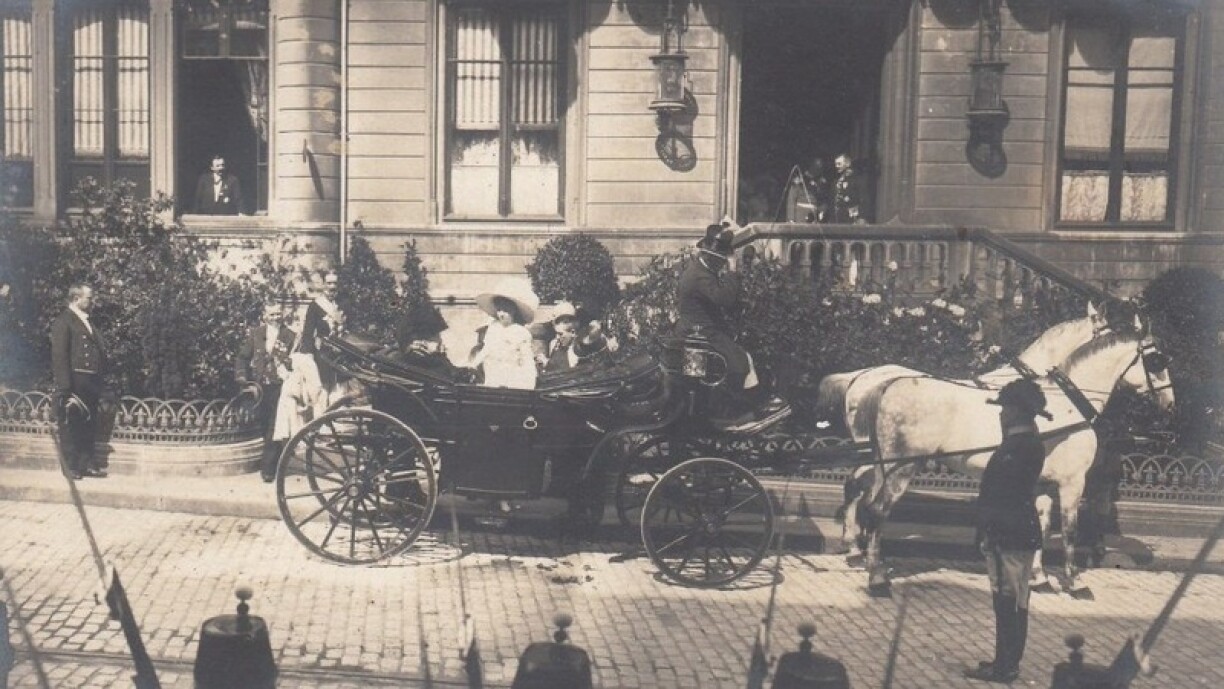
Marie-Adélaïde became Luxembourg’s first female reigning Grand Duchess after her father, Grand Duke William IV, overturned Salic law to name her his heir presumptive. Though her reign was brief, Marie-Adélaïde’s significance extended beyond its duration.
She was the first monarch born on Luxembourgish soil since John the Blind (Jang de Blannen), who, in addition to his historical significance, is credited with founding the Schueberfouer in 1296. Her reign was remarkable not only for the circumstances that allowed her to ascend the throne but also for its extraordinary conclusion: her abdication, which nearly led to the abolition of the monarchy and the establishment of a republic in Luxembourg.
You can listen to this episode right here or keep reading below!
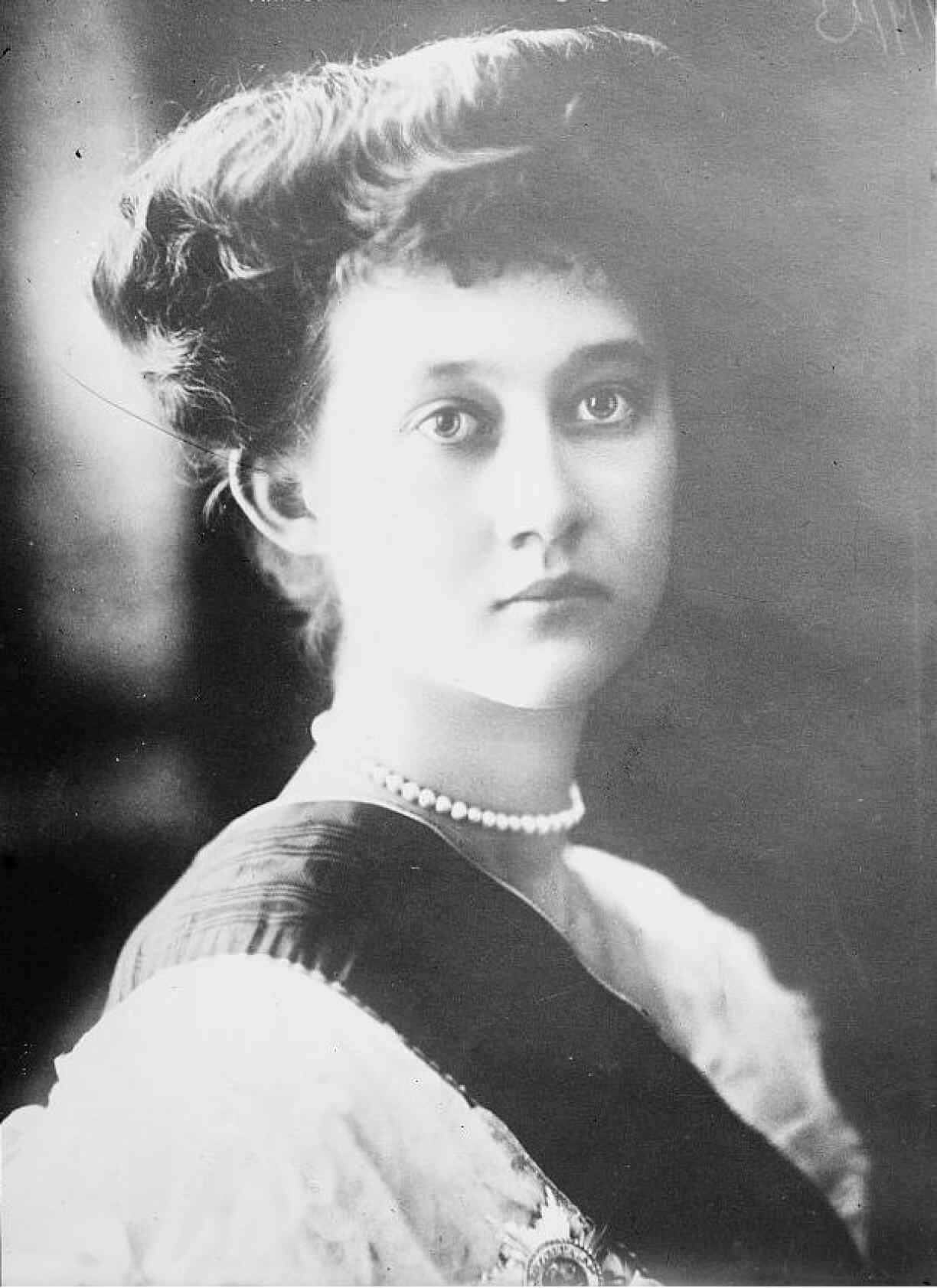
Grand Duchess Marie-Adélaïde was inaugurated on 18 June 1912 aged 18, her reign appearing to be a paradigm shift of change, given the young Grand Duchess’s age, inclination for politics, and status as the first reigning Grand Duchess. The president of the Chamber of Deputies, Auguste Laval, inaugurated her reign with the following words (loosely translated):
“Gentlemen, consider the following as a happy omen for the future of the country: the circumstance that Grand Duchess Marie-Adélaïde is the first of our sovereigns to be born on Grand Ducal territory, the first to be raised here, and, from a tender age, breathed the air of her native soil and learnt to know the ideas, the aspirations, and traditions of the people she has been called upon to reign over.”

This inauguration exemplified the promising nature expectations put forward on the young Grand Duchess. Travel writer George Renwick published his guide to Luxembourg in 1913 after visiting the country, describing it as “a little Ruritania” with “a charming young Queen all its own – the Grand Duchess Marie Louise Adelheid.” This glance of the political scene in Luxembourg from outside was not merely an outsider’s perspective, as Marie-Adélaïde was far more invested in politics than her father or her grandfather, perhaps reflecting the fact that she was the first Luxembourgish-born sovereign. However, despite this, German remained her mothertongue.
And indeed, the Grand Duchess was politically involved, but this inevitably meant she butted heads with the liberal government in power at the time. Her first controversial political choice was her refusal to sign a new School Law, given that it limited the reach of Catholic priests in the educational system and the young Grand Duchess was very pious. She eventually relented, but this perhaps set a precedent.
Grand Duchess Marie-Adélaïde was above all quite naive as a sovereign. During the first years of her reign, she broadly followed the guidance of the experienced Prime Minister Paul Eyschen, who was known to represent stability in the Grand Duchy and held the premiership for 27 years until his death in 1915. Granted, the two did butt heads but generally they had an accord.
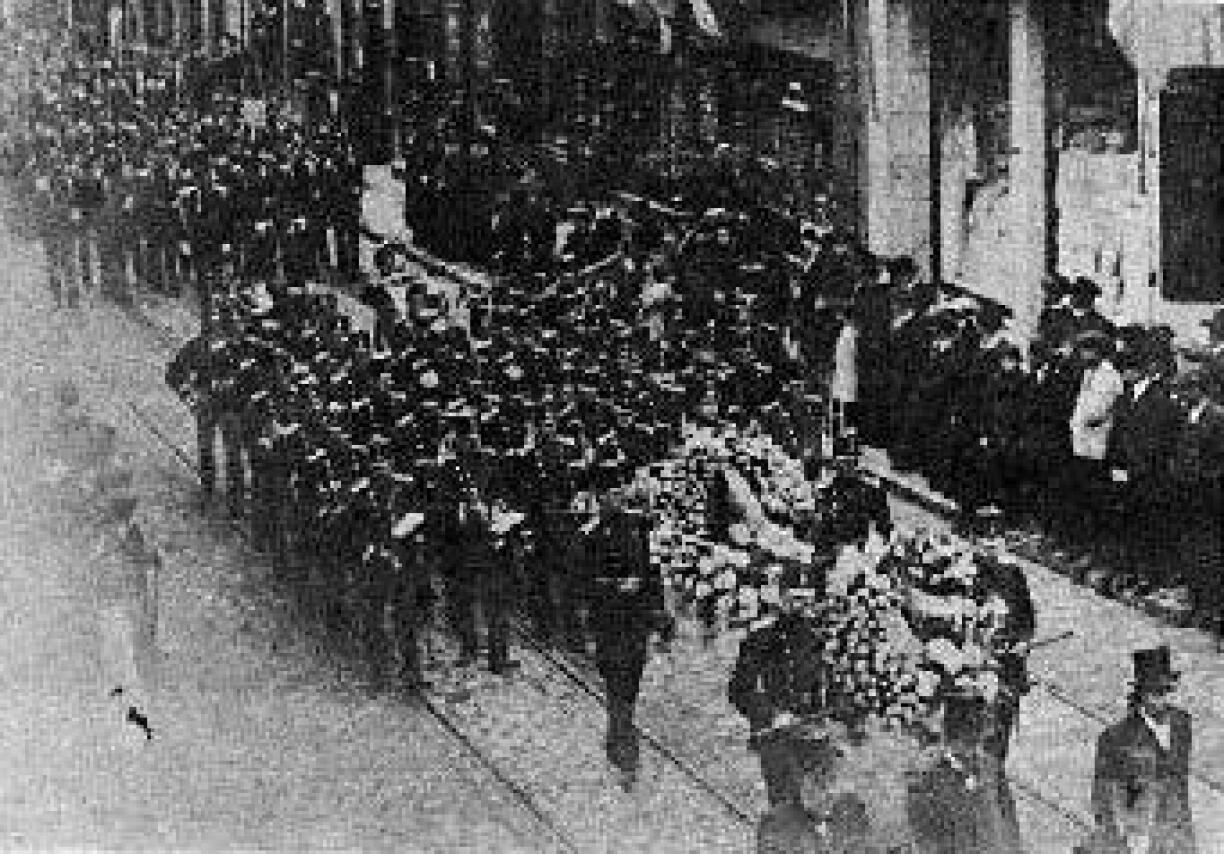
The events following Eyschen’s death caused the Grand Duchess’s popularity to drop. She invited Mathias Mongenast to form a minority government, but Mongenast resigned after 25 days in office, as Marie-Adélaïde did not appreciate him making demands of her as a minority Prime Minister. Then, Marie-Adélaïde appointed a Conservative government, despite the Party of the Right holding only 20 seats.
The government faced with a vote of no confidence, the Grand Duchess dissolved the Chamber of Deputies – which was within her rights as per the constitution, but an unpopular move and viewed as coup d’etat by socialist and liberal politicians. Nevertheless, it was superfluous as in January 1916, after the elections, the Chamber of Deputies passed a no confidence vote and a government of national unity was formed.
Simultaneously, Luxembourg had a rather significant issue on its hands, namely the outbreak of World War One and the German invasion of Luxembourg on 2 August 1914. The Luxembourgish government had been aware of German plans, but was only able to reiterate its neutrality before the invasion.
However, the more pressing issue was that despite the invasion, Marie-Adélaïde remained friendly with the Germans. Most damningly, the Grand Duchess held a formal reception for the German Kaiser Wilhelm II. There was already no love lost for the Germans amongst the Luxembourgish population and this reception became a symbol of the proximity between the political class and the invaders.
What’s more, the Grand Duchess allowed Crown Prince Wilhelm, the emperor’s son, to establish temporary military headquarters in the Luxembourgish capital. However, Gilbert Trausch argues that the Grand Duchess had no option but to host the reception given the precarious situation the Grand Duchy was in.
In addition to the population’s ire, both Luxembourg’s other neighbours condemned the Grand Duchess’s apparent sympathies towards the Germans. Indeed, after the war the French government went as far as to declare “The French Government does not consider it possible to have contact or negotiations with the Government of the Grand Duchess of Luxembourg, whom it considers as gravely compromised …"
Belgian and French politicians sought to discredit Marie-Adélaïde, holding their own plans to annex Luxembourg. Unfortunately for the Grand Duchess, her sister Antonia announcing her engagement to the Bavarian Crown Prince did not help matters in the slightest.
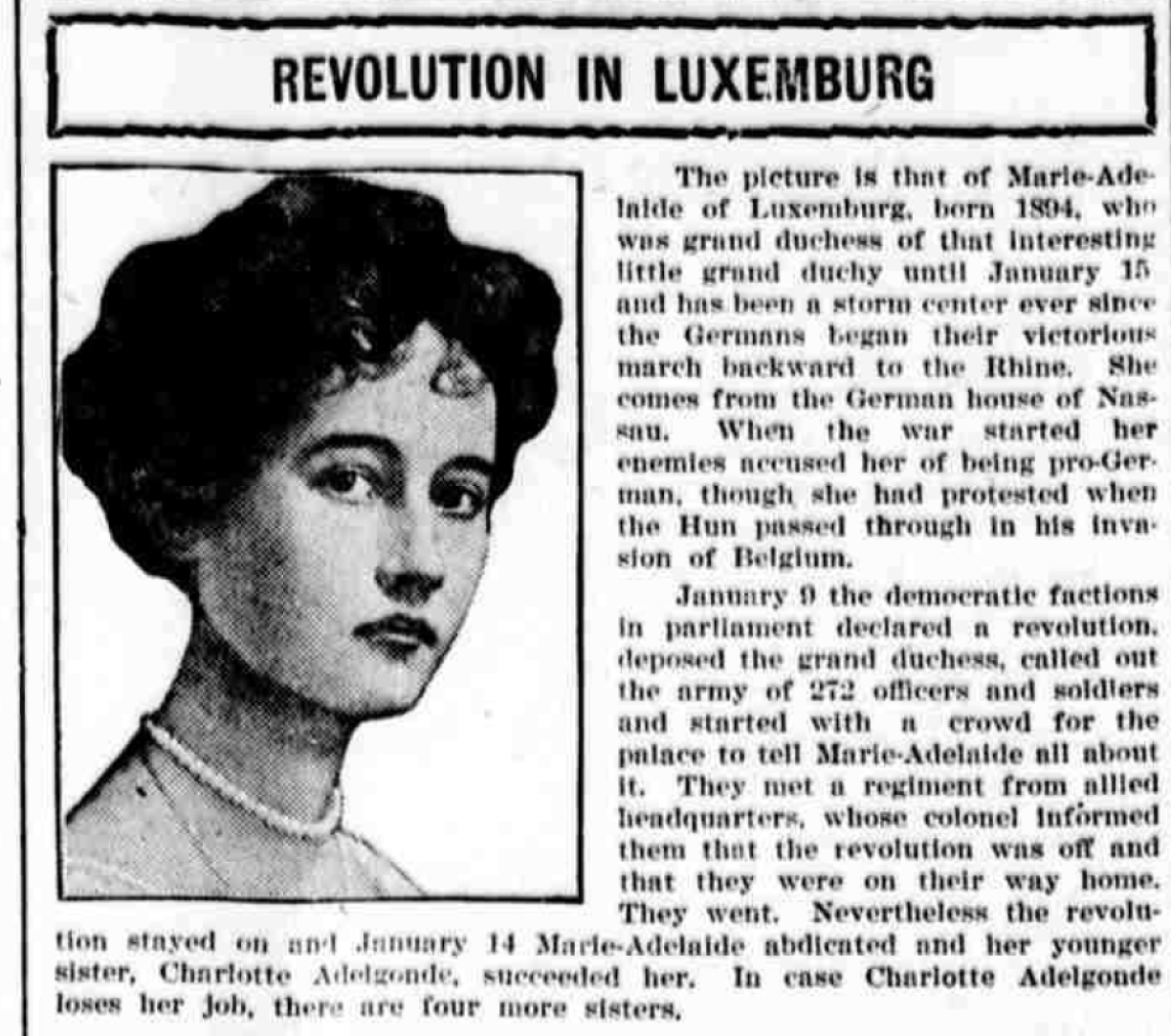
The tensions faced once the war had concluded culminated in a very short revolution, first preceded by communists declaring a republic on 10 November, a day after Karl Liebknecht and Rosa Luxemburg had done so in Germany. Consequently, liberals and socialists alike were discontent with the sovereign of Luxembourg.
On 9 January 1919, a company of the army also rebelled, declaring itself the army of a new republic. Both French and American soldiers were present in Luxembourg after the war, and the president of the Chamber of Deputies, asked French soldiers to quash the small rebellion.
Nevertheless, the damage had been done. Marie-Adélaïde interpreted this disloyalty shown by her own forces as indicative of her untenable position and abdicated five days later in favour of her sister Charlotte. Despite her abdication, social unrest remained and the government resolved to hold a referendum on the country’s political and economic future.
The referendum, held 28 September 1919, had several options for Luxembourg’s future: to continue under the reign of Grand Duchess Charlotte, to continue under the reign of another sovereign from the House of Nassau-Weilburg, to form a republic, or to form an economic union with either France or Belgium. Men and women aged 21 and above were entitled to vote, and a total of 90,984 citizens voted, of which some 80% supported the reign of Grand Duchess Charlotte.
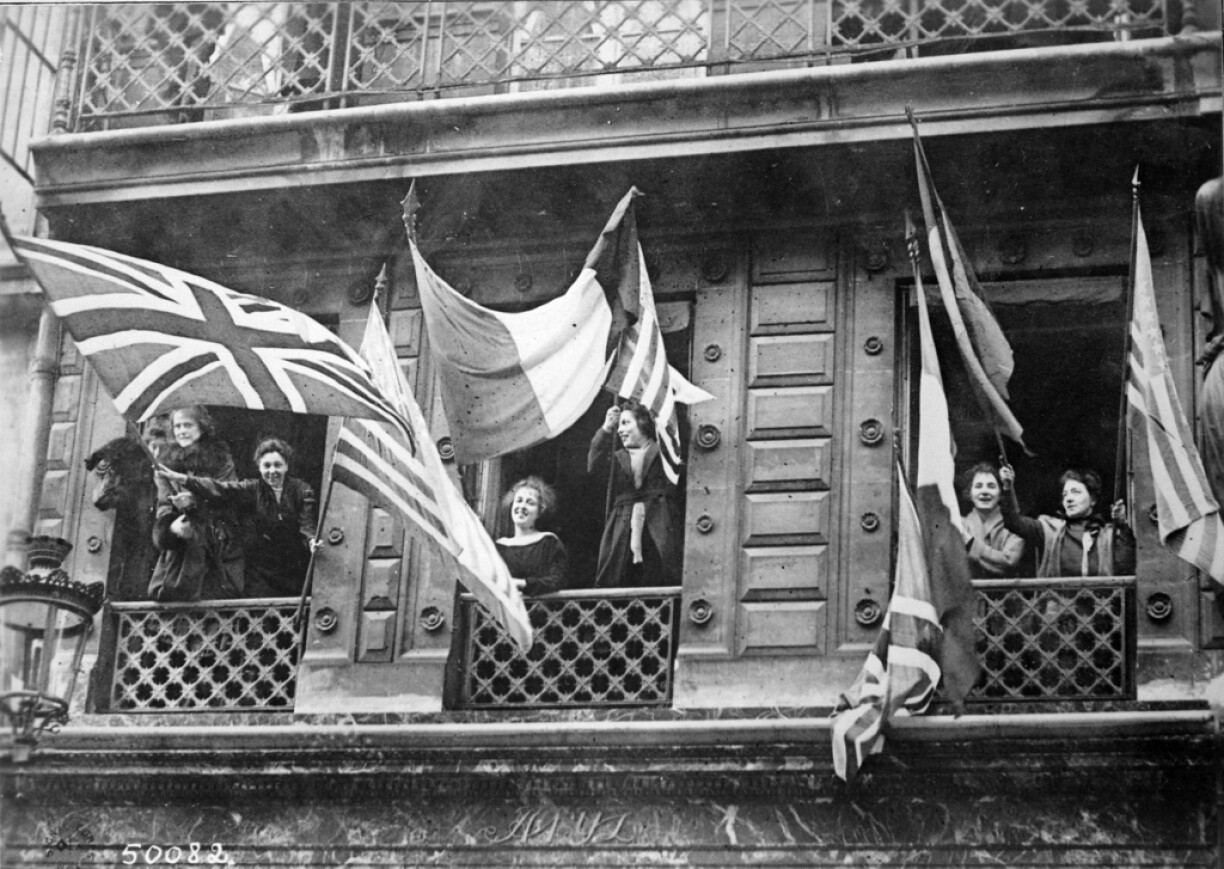
With that, the crisis broadly ended. Marie-Adélaïde’s wartime reign was a world apart from that of her sister during the Second World War, as Charlotte was renowned for providing support and hope to her citizens.
Thank you for tuning in! Now what are you waiting for – download and listen, on iTunes, Spotify, or wherever you get your podcasts.
Nathalie Lodhi was an editor and translator for RTL Today with a background in history.